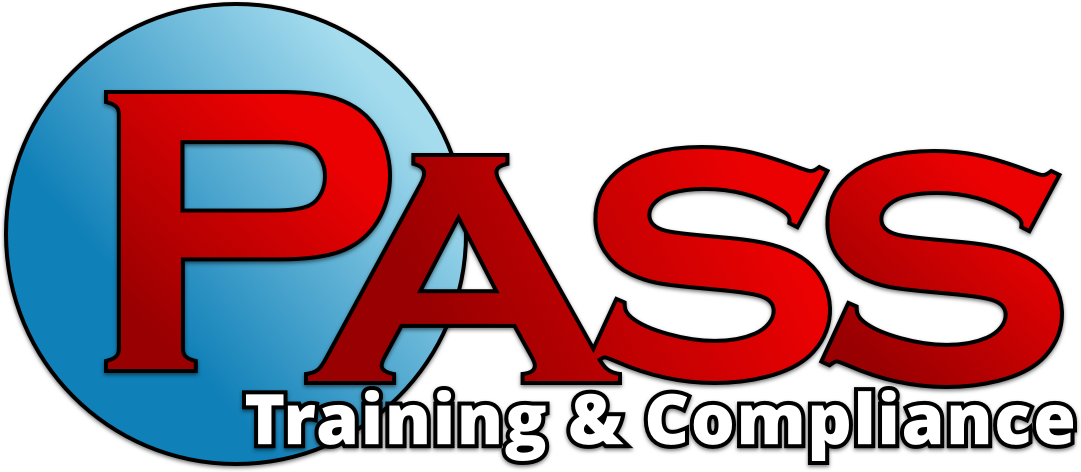EPA Approves New Test Method for Sumps
 The EPA OUST announced recently that it has approved PMAA’s low liquid level integrity test as an alternative method for containment sump testing that is required under the 2015 federal UST regulations. The 2015 regulations require liquid testing every three years of all containment sumps used for interstitial monitoring of piping.
The EPA OUST announced recently that it has approved PMAA’s low liquid level integrity test as an alternative method for containment sump testing that is required under the 2015 federal UST regulations. The 2015 regulations require liquid testing every three years of all containment sumps used for interstitial monitoring of piping.
The original test method cited in the rule requires filling sumps with water above the penetration points in the sump wall, but the alternative requires filling sumps only to the level of a liquid sensing device equipped with a positive shutdown that is mounted below penetration points in the sump wall.
Reusing Sump Testing Liquid
OUST also clarified that water used for spill bucket and sump testing may be reused by third party vendors at other sites in order to help reduce the cost of handling and disposal of test liquids.
Sump Testing Exemptions
In addition, OUST clarified that if double walled pipe systems using sumps for interstitial monitoring were installed before the date secondary containment for piping was first required by regulation, the tank owner may instead use leak detectors and annual line tightness testing to meet leak detection requirements. This would remove the need to test containment sumps because annual line tightness tests would replace interstitial monitoring as the selected method of leak detection.
Audible Overfill Alarms
OUST also approved PMAA’s request to allow the use of a liquid level audible alarm as a primary method of overfill protection where removing a fully functional in-tank probe to meet visual inspection requirements would destroy operability of the probe.
A compliance bulletin explaining the 2015 regulations and PMAA’s alternative test method, and how it can be used for further flexibility under state regulations, will be sent out soon, so stay tuned.
Want to be alerted when the bulletin is available?
